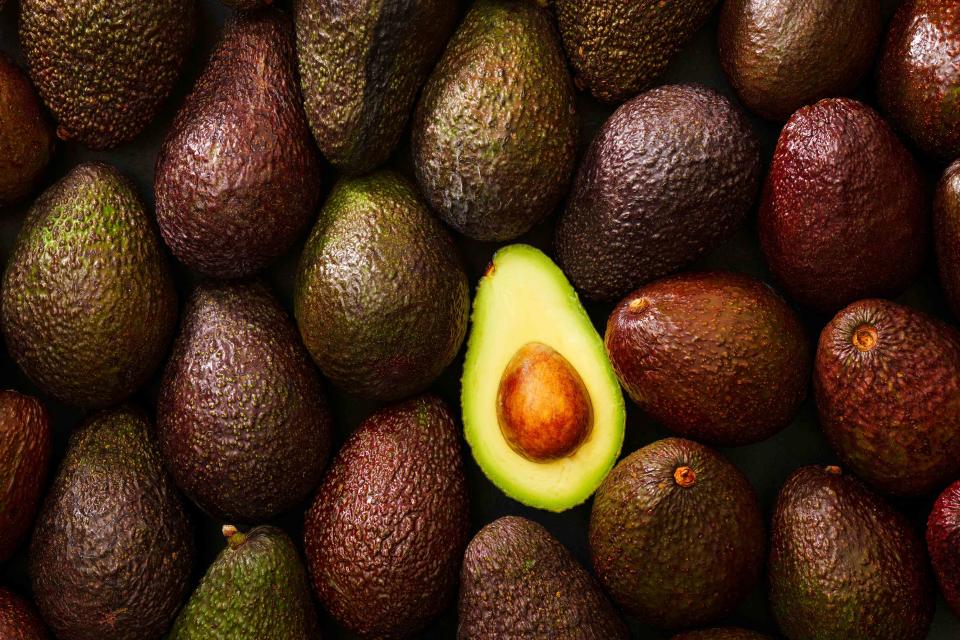A New Avocado Variety Could Be the Fruit of the Future
Researchers have developed the "Luna" avocado, which requires less room and water to grow.

Kai Schwabe / Getty Images
The University of California Riverside (UCR) has been nicknamed “the Highlanders,” but should they ever decide to switch mascots, the Avocados might be a good choice. The university’s College of Natural and Agricultural Sciences has an acclaimed avocado breeding program that started in the 1950s, and has patented and released eight new varieties of the guac-essential since then.
The program has also announced the arrival of another (patent-pending) avo-variety, called the Luna UCR. The development of the Luna is the result of over half a century of breeding and research and, although it still could be several years before the avocado is on supermarket shelves, it has already shown to have some advantages over the now-prevalent Hass avocado.
According to Mary Lu Arpaia, a UC Cooperative Extension horticulturist and one of the would-be patent holders on the Luna avocado, this new fruit is grown on small trees, which would allow avocado growers to plant them in dense close rows. On top of that, its flowers are particularly good pollenizers for other avocados, which would benefit other varieties that are planted near the Lunas.
“It grows very well in Southern California, and I think it is a great variety on its own,” Arpaia told AgNet West. “It has good fruit quality, good eating quality, and good post-harvest shelf life. So, it should be something that can slip into the California avocado growing scene relatively easy.”
For consumers, one of the biggest benefits is that the Luna’s skin turns from a emerald green to a dark black when it’s ripe, so you don’t have to guess whether you should slice into that avocado you have. According to Arpaia, it also tastes good. In an interview with Axios, she said that there are “subtle differences between the Hass and the Luna, but the Luna is an excellent choice for guacamole. “The main difference is texture," she explained. "The Hass is very creamy. I would say that the Luna is creamy, but an adjective I would say is, it's smooth.”
Related: These Avocado Ripening Tricks Actually Work
According to the Association of Avocado Exporting Producers and Packers of Mexico (APEAM) and the Mexican Hass Avocado Importers Association (MHAIA) who run the Avocados from Mexico website, 80% of the avocados consumed worldwide are Hass avocados, and that variety makes up a whopping 95% of the avocados eaten in the United States.
So yeah, the Luna has its work cut out for it to dethrone the current avocado king. But the Hass wasn’t always the top ‘cado either; from the 1920s through the 1970s, the preferred fruit was the Fuerte (“Strong”) avocado variety. The Hass eventually topped it because of its flavor and peel-ability, and also because Fuerte avocado trees only produced harvestable fruit every two years.
Some produce insiders say that the Luna will have to out-taste the Hass in order to win over consumers. “I as a shopper am conditioned to the black-skinned Hass. Without intending any disrespect to green-skinned varieties, the ones I have tried just don’t have the rich flavor or texture of the Hass,” Richard Smoley wrote for Produce Blue Book. “The Luna may have certain horticultural advantages, which are all well and good, but unless it tastes as good as the Hass or better, it’s not likely to have much of a future.”
At the very least, Luna the Fightin’ Avocado would still make a strong college mascot.
For more Food & Wine news, make sure to sign up for our newsletter!
Read the original article on Food & Wine.

